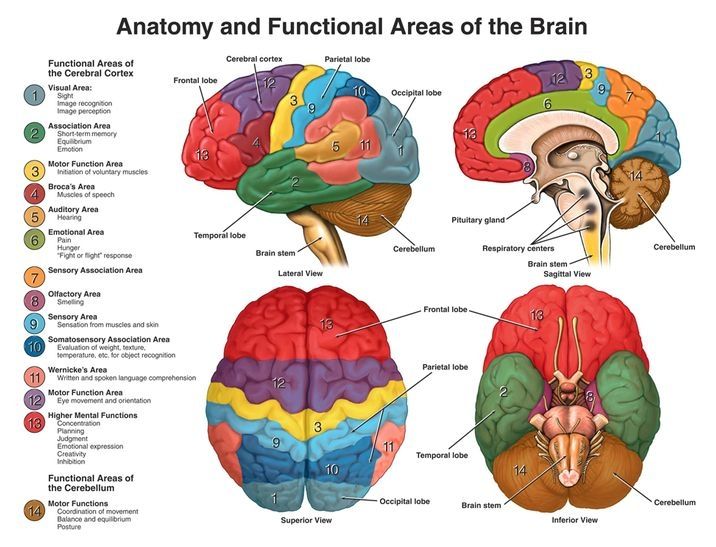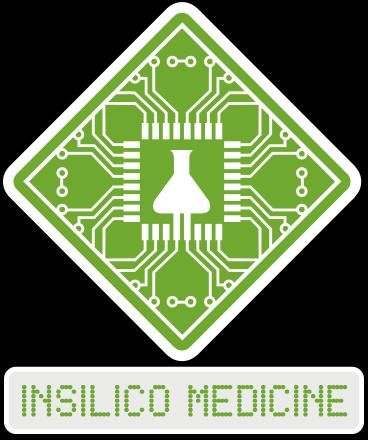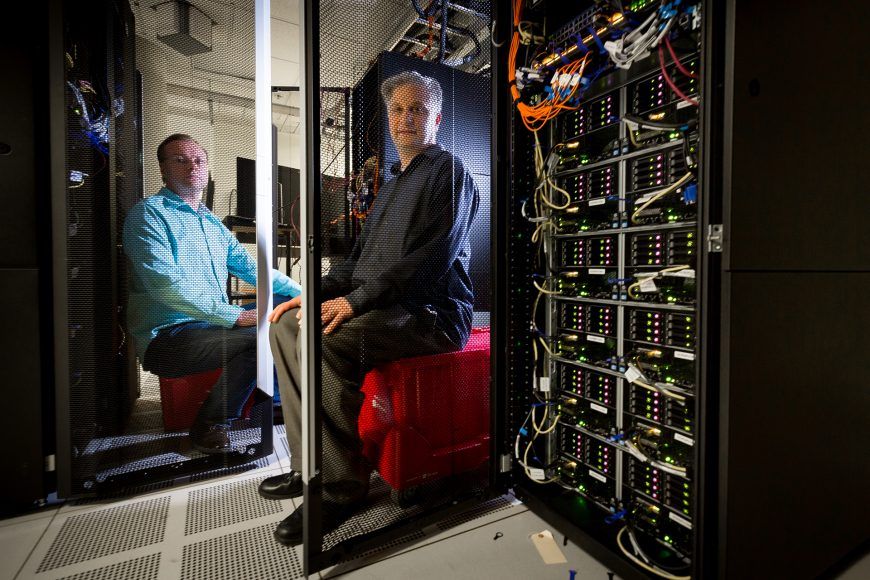
Arranging employees in an office is like creating a 13-dimensional matrix that triangulates human wants, corporate needs, and the cold hard laws of physics: Joe needs to be near Jane but Jane needs natural light, and Jim is sensitive to smells and can’t be near the kitchen but also needs to work with the product ideation and customer happiness team—oh, and Jane hates fans. Enter Autodesk’s Project Discover. Not only does the software apply the principles of generative design to a workspace, using algorithms to determine all possible paths to your #officegoals, but it was also the architect (so to speak) behind the firm’s newly opened space in Toronto.
That project, overseen by design firm The Living, first surveyed the 300 employees who would be moving in. What departments would you like to sit near? Are you a head-down worker or an interactive one? Project Discover generated 10,000 designs, exploring different combinations of high- and low-traffic areas, communal and private zones, and natural-light levels. Then it matched as many of the 300 workers as possible with their specific preferences, all while taking into account the constraints of the space itself. “Typically this kind of fine-resolution evaluation doesn’t make it into the design of an office space,” says Living founder David Benjamin. OK, humans—you got what you wanted. Now don’t screw it up.
Read more

















